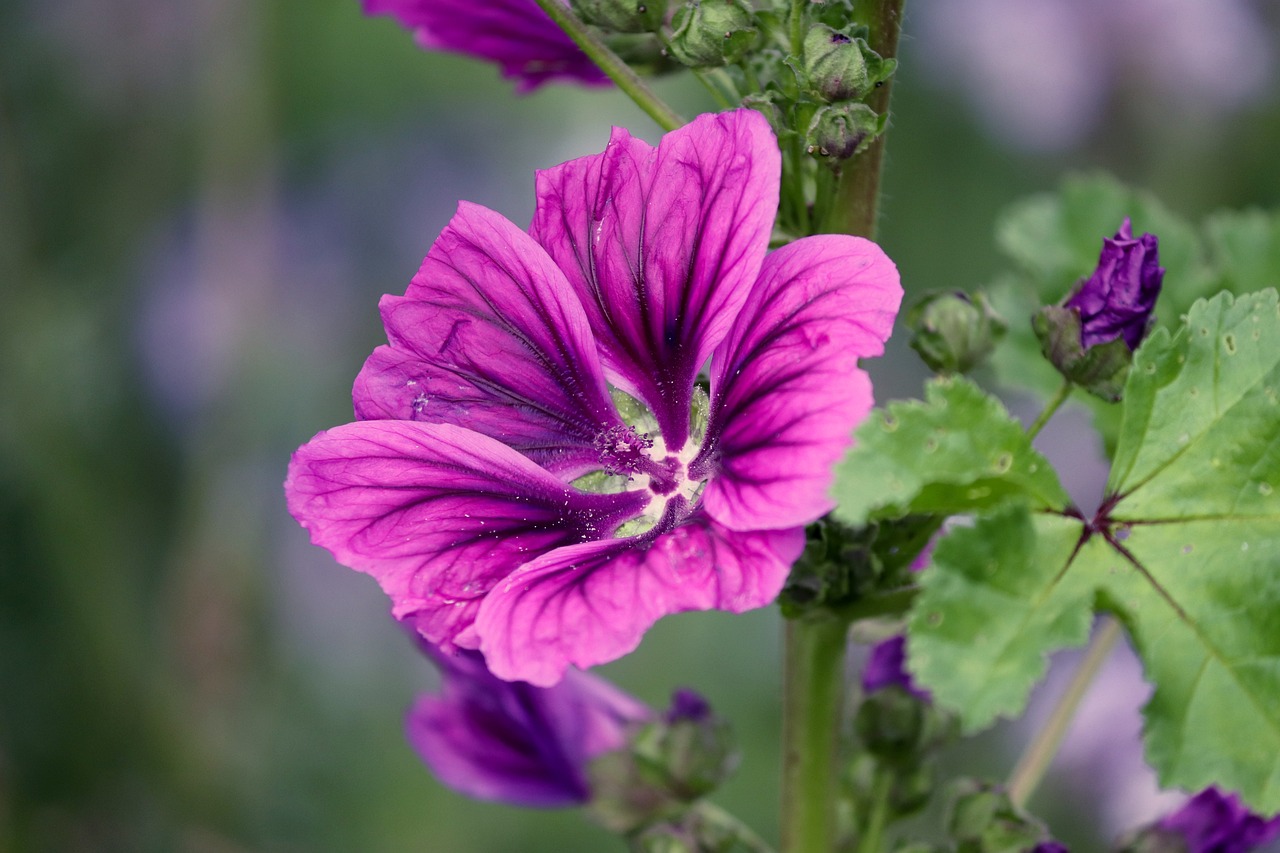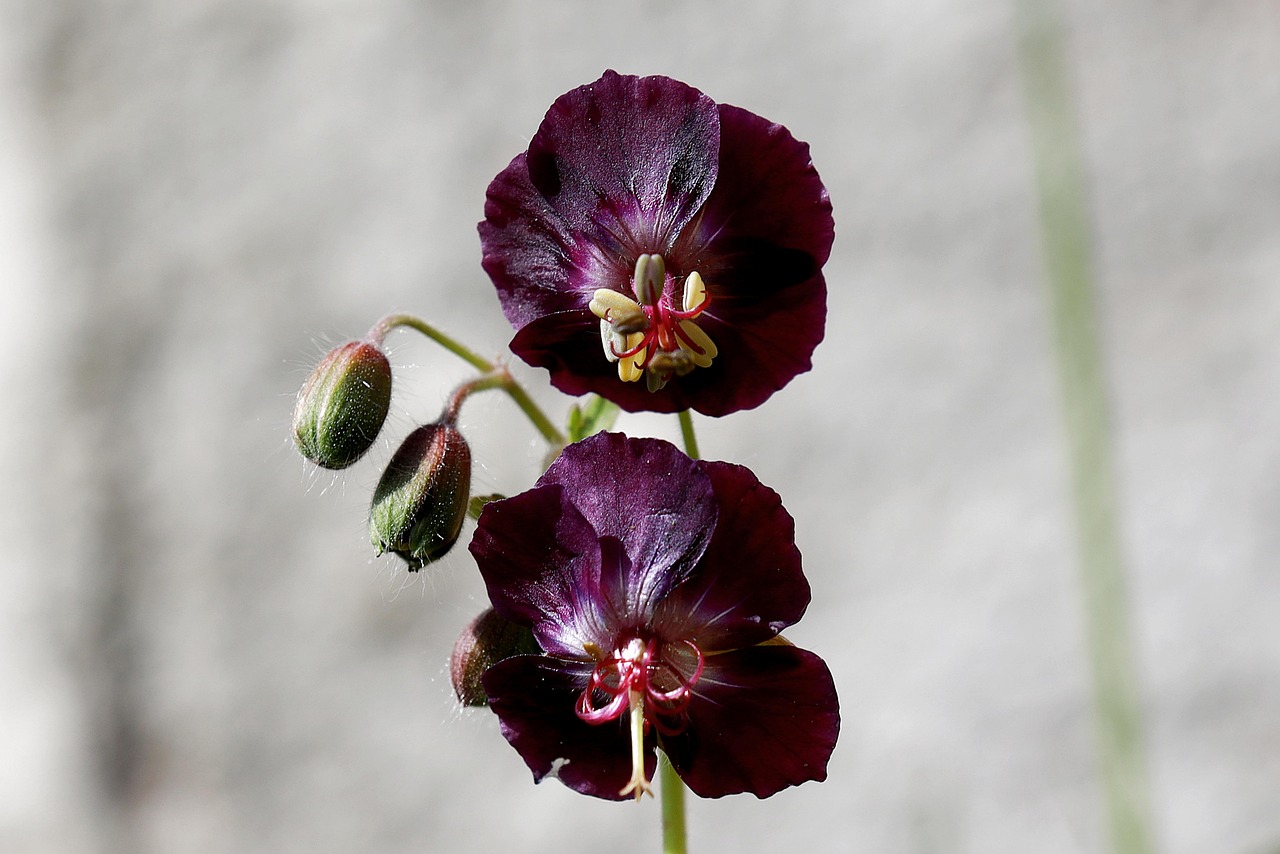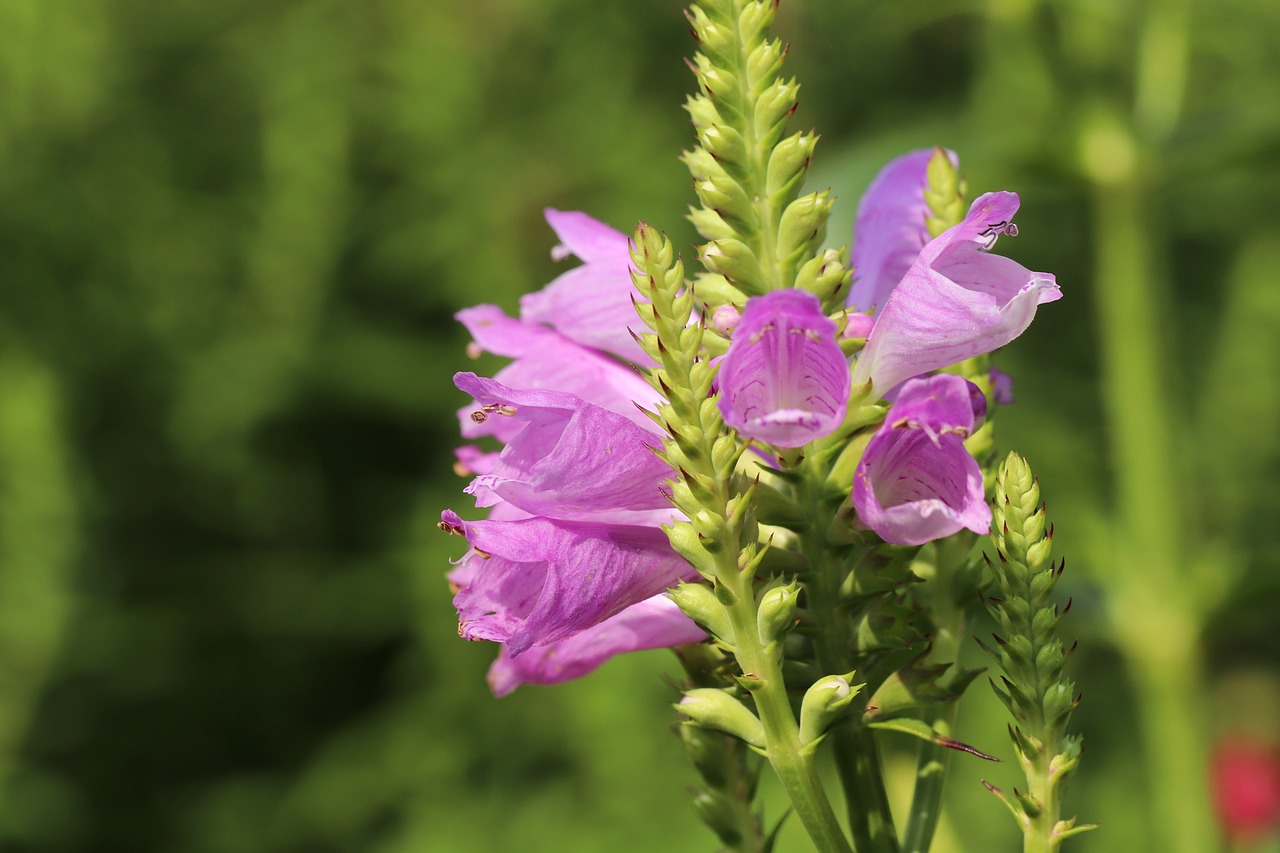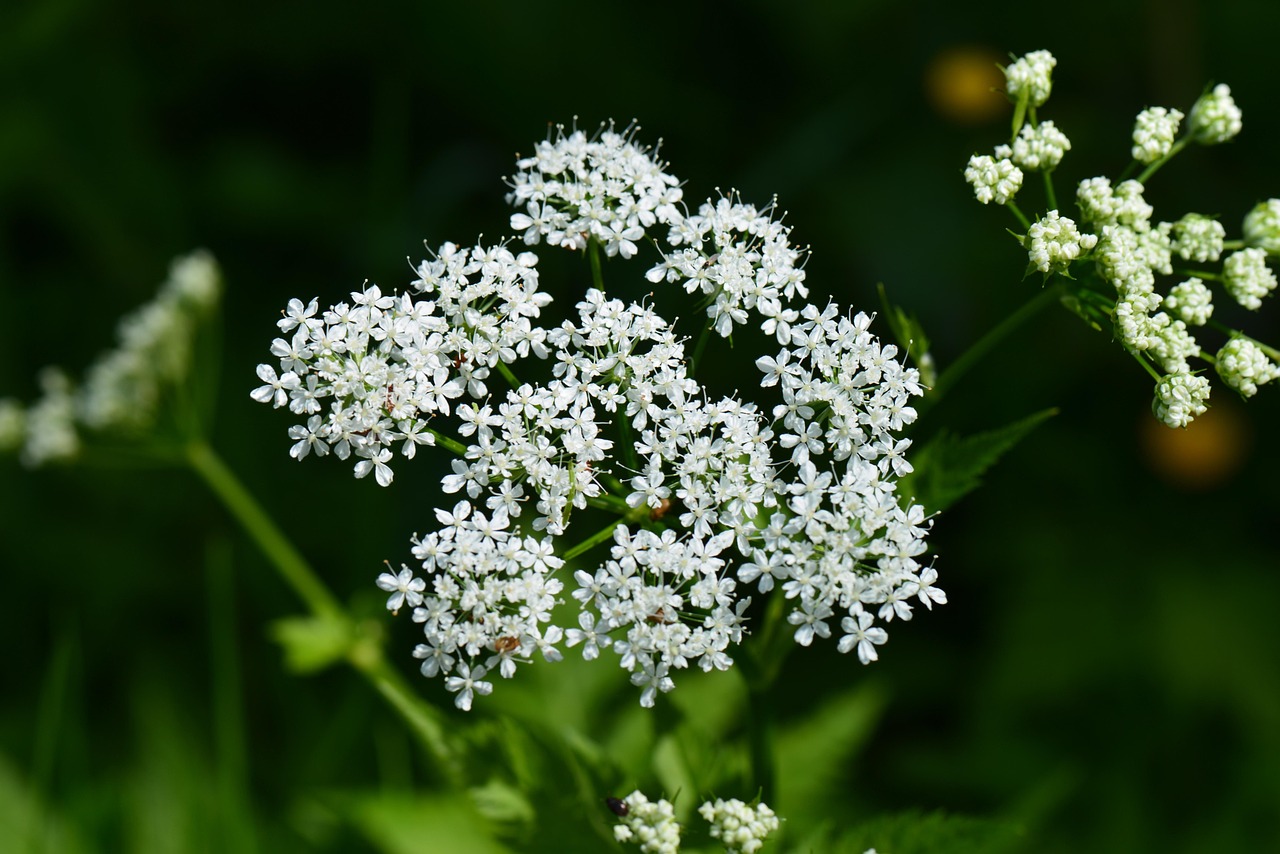Iris | A Seasonal Flower Pattern Reflecting on the Water’s Edge
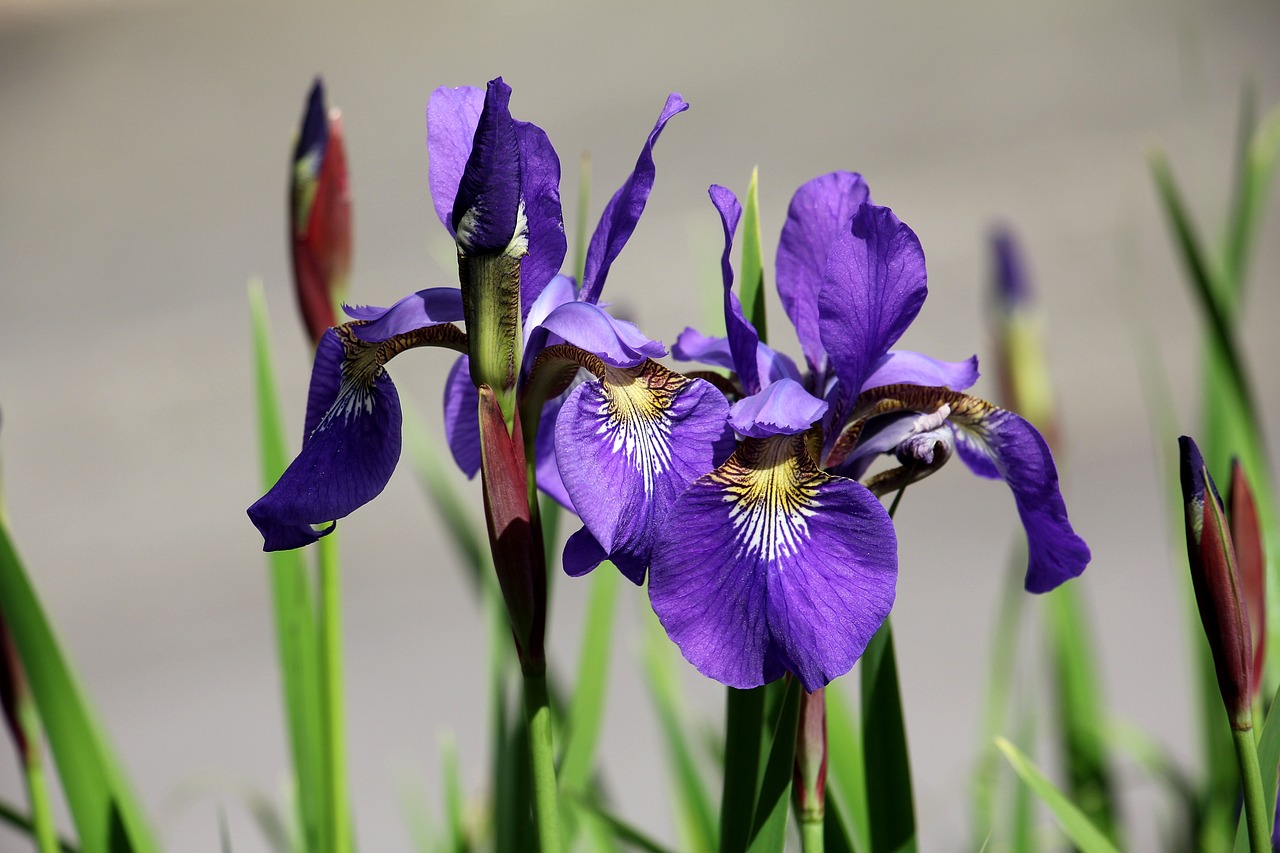
The iris has long been cherished in Asia and Europe, including Japan, and is especially admired for the distinctive patterns on its elegant petals.
Because it thrives not only in wetlands but also in relatively dry soil, it is often planted in gardens and flowerbeds, and it frequently appears in traditional Japanese gardens.
In this article, I will introduce the basic information, cultural background, and cultivation methods of the iris.
Basic Information
- Scientific name: Iris sanguinea
- Family: Iridaceae
- Origin: Japan, China, Russia
- Appearance:
The iris has long, sword-shaped leaves and grows to a height of about 50–70 cm. The flowers are commonly purple, blue, or white, with distinctive net-like patterns on the petals. A yellow marking at the center of the petals creates a vivid contrast. - Blooming season:
Early summer (May–June). Unlike other species of Iris, this flower can bloom even in relatively dry conditions before the rainy season.
Cultural Significance
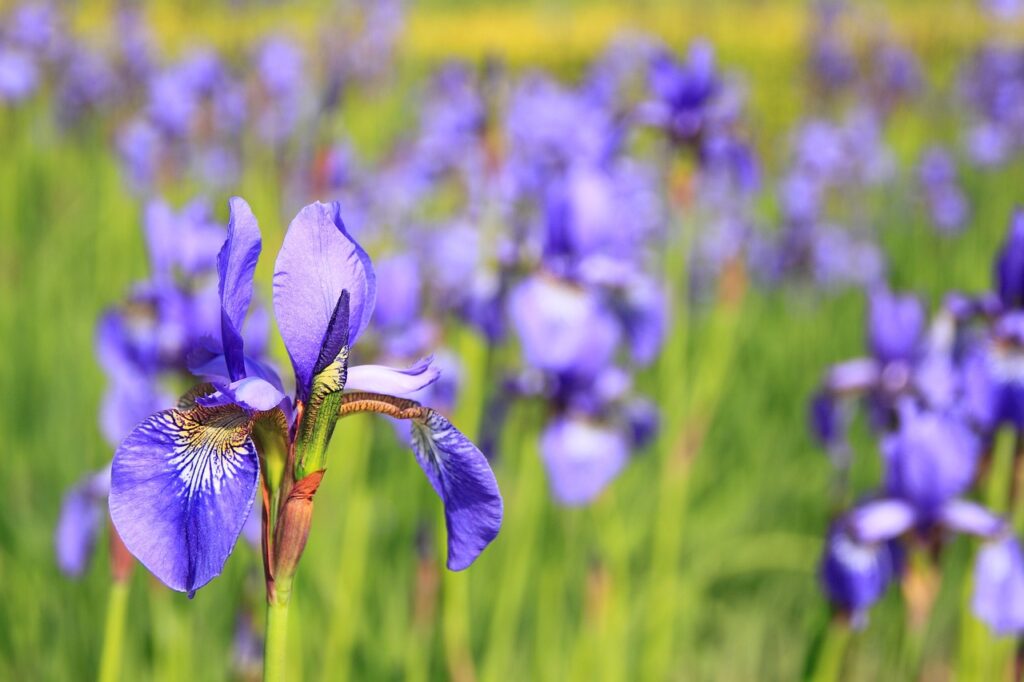
In Japanese culture, the iris is appreciated as a seasonal symbol of May and is often associated with the Boys’ Festival (Tango no Sekku). It is frequently planted in Japanese gardens, where it creates vibrant scenery just before the rainy season.
In Europe, the iris is known as one of the representative species of the genus Iris. In France, it is also famous as the national flower. The French royal family adopted the iris emblem known as the “Fleur-de-lis,” which has been revered as a symbol of nobility and glory.
Historical Background
The iris has appeared for centuries in Japanese poetry, paintings, and literature. In the Heian period, it was celebrated in waka poetry as a seasonal motif symbolizing early summer.
In The Tales of Ise (Ise Monogatari), the iris even serves as a poetic symbol of travel and longing, further enhancing its cultural significance.
Gardening Advice
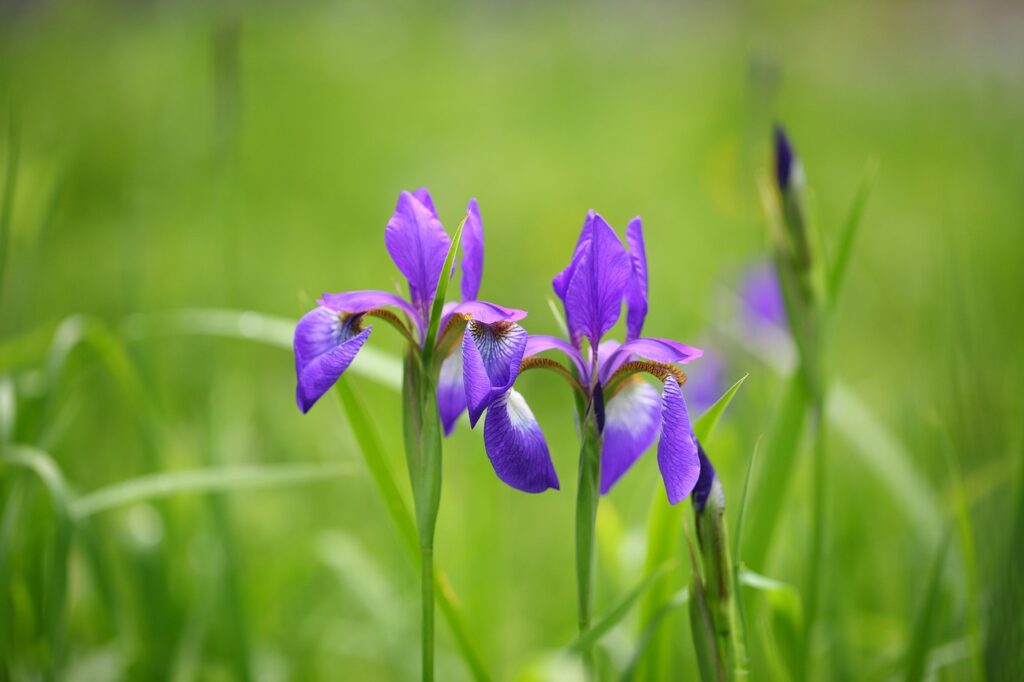
Cultivation Guide
The iris is easy to grow not only in wetlands but also in relatively dry soil. It prefers sunny locations but is hardy enough to grow in partial shade.
Watering should be moderate—during the growing season, water sufficiently to prevent the soil from drying out, but avoid excessive moisture.
The iris thrives in well-drained soil, whether planted in the ground or in pots. Ensuring good drainage is essential for healthy growth.
Environment and Growing Conditions
The iris prefers slightly acidic to neutral soil. Planting in spring or autumn is ideal. It is tolerant of cold winters, making it suitable for cultivation even in colder regions. Applying a fertilizer rich in phosphorus in early spring encourages better flowering.
After blooming, cutting back the flower stems prevents the plant from exhausting itself and helps ensure good blossoms the following year. If the clumps become too dense, dividing them improves airflow and promotes healthy growth.
Conclusion
The iris, with its beautiful flowers and rich historical background, has been cherished in both Japan and Europe.
Its resilience to dry conditions and ease of care make it suitable even for beginner gardeners. With the right environment, you can enjoy its brilliant blossoms year after year. I encourage you to grow irises and experience their unique charm for yourself.

